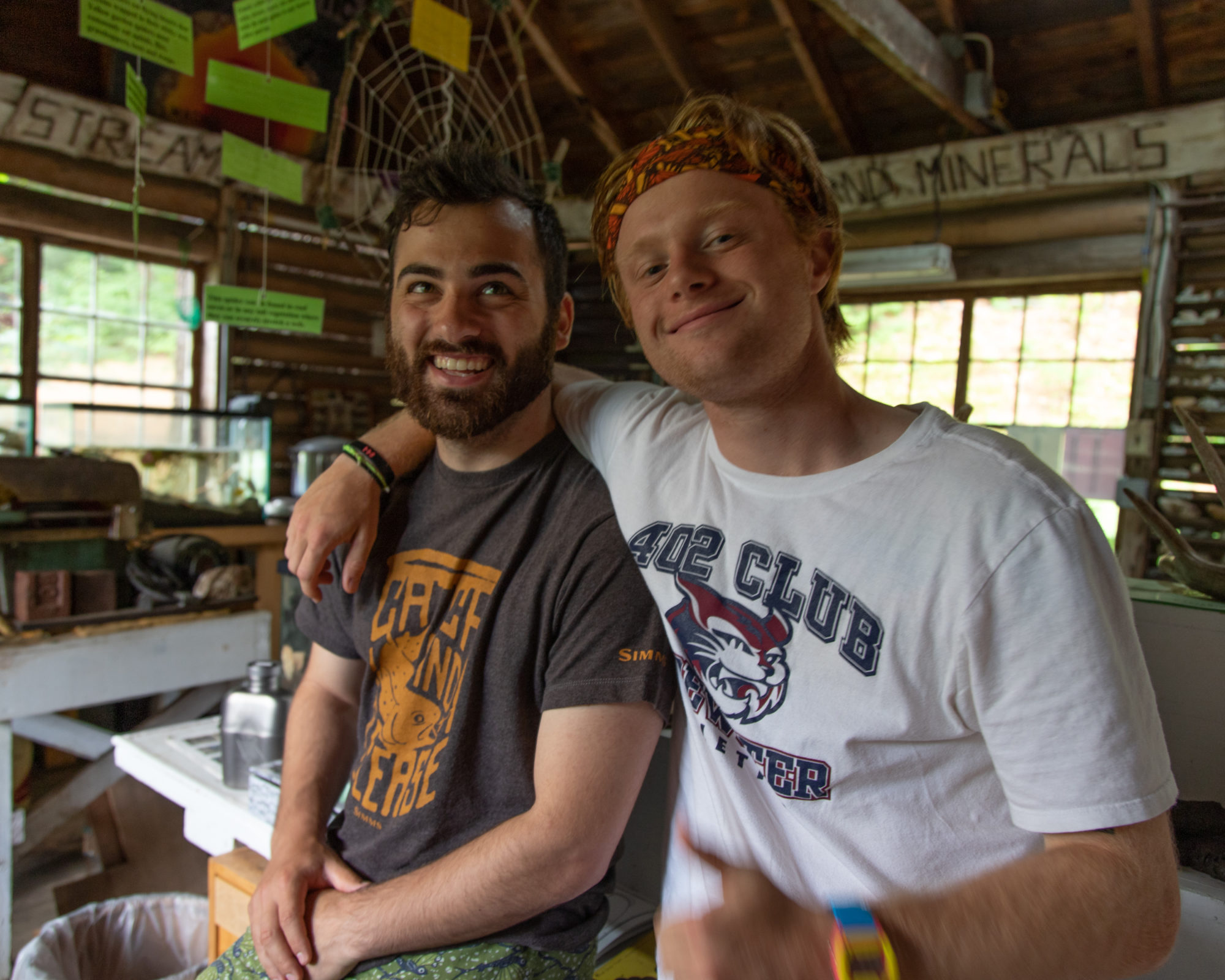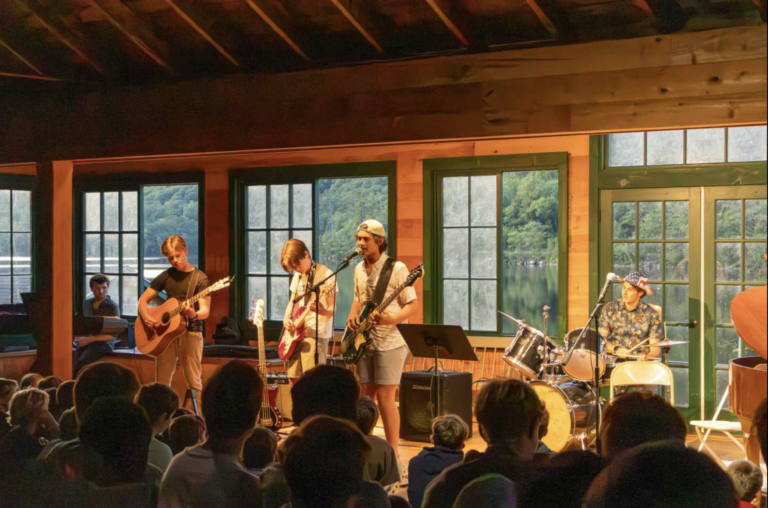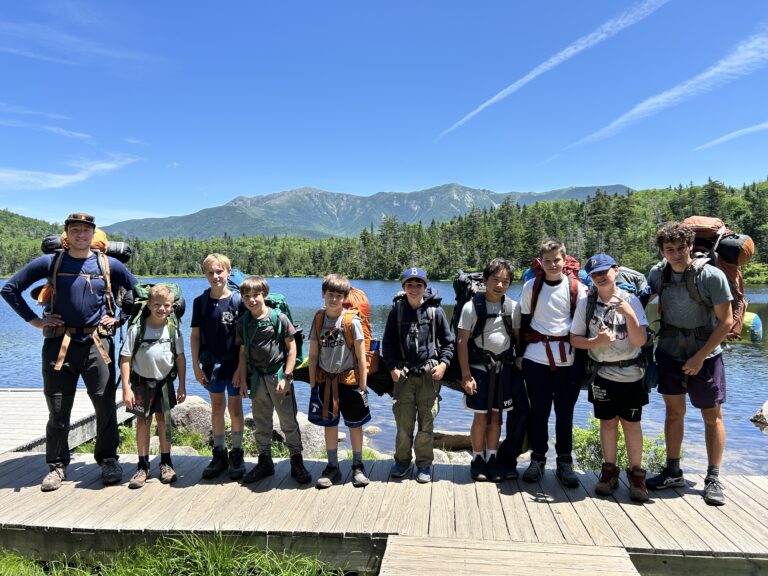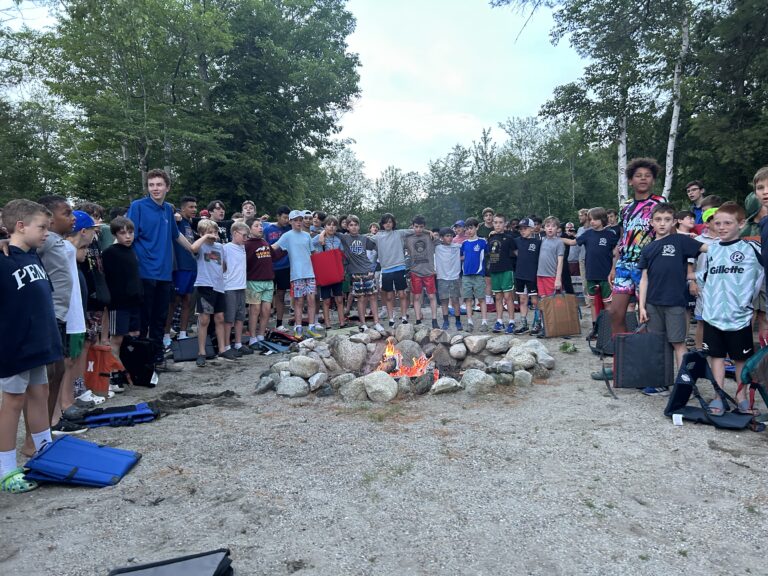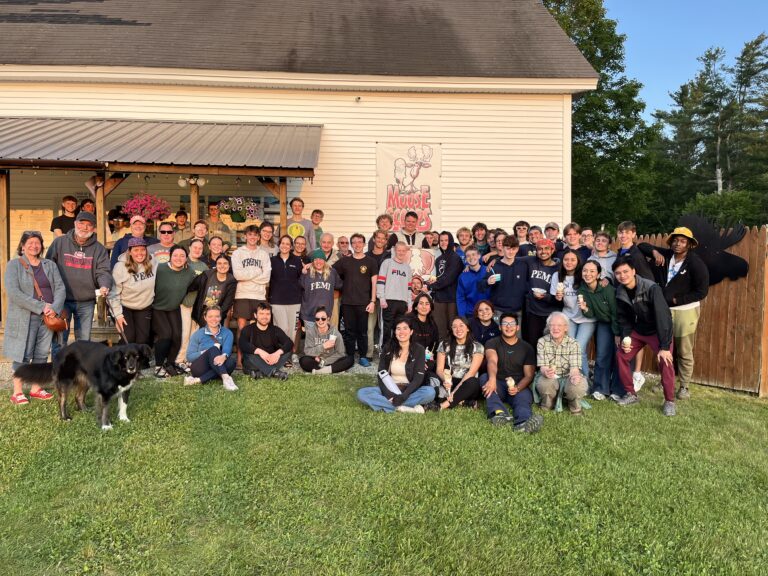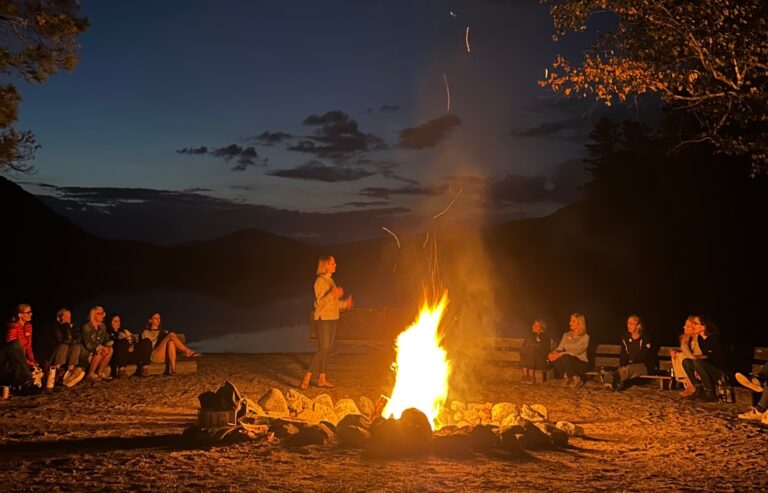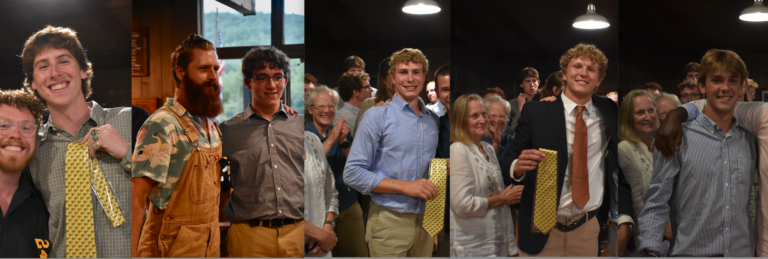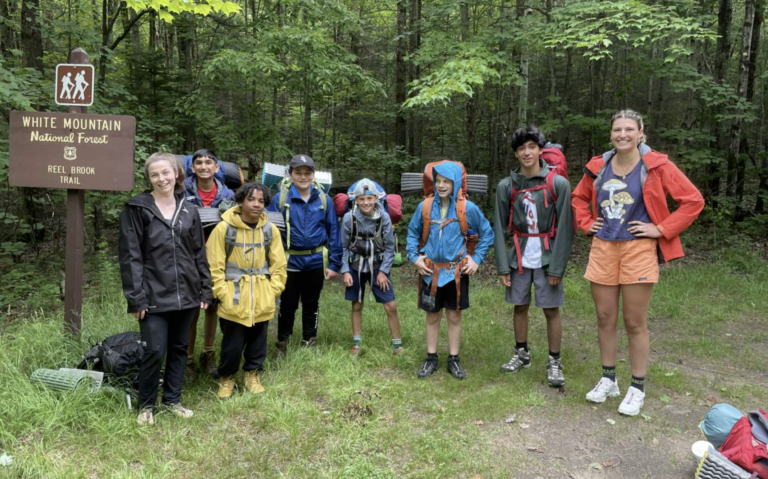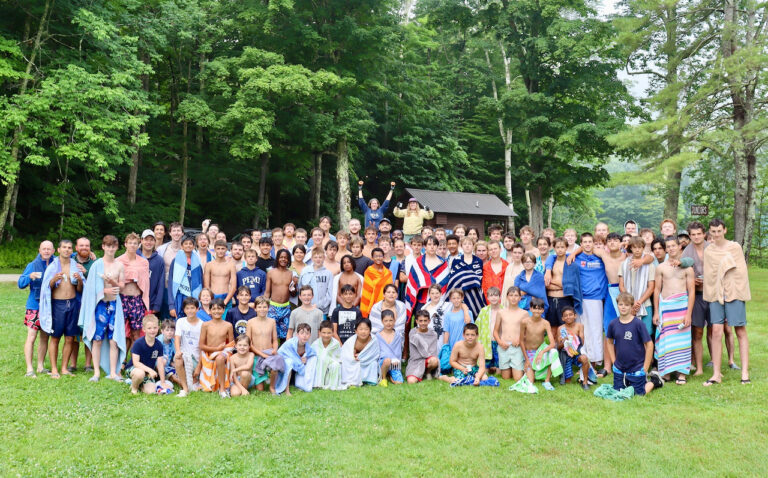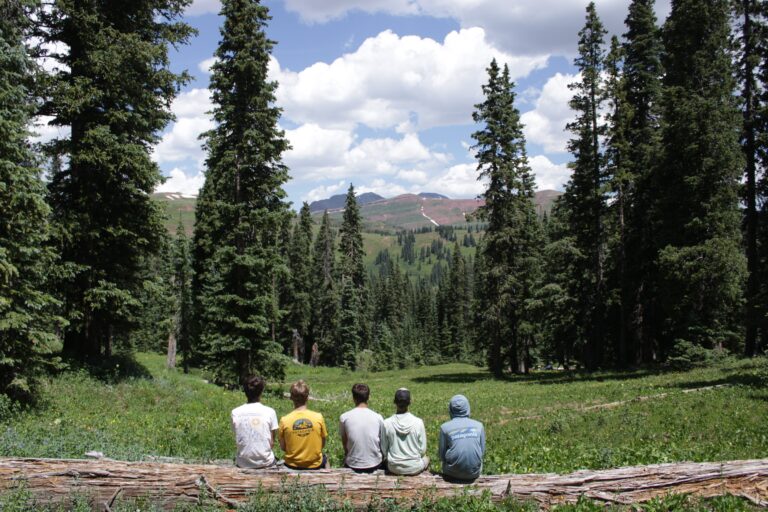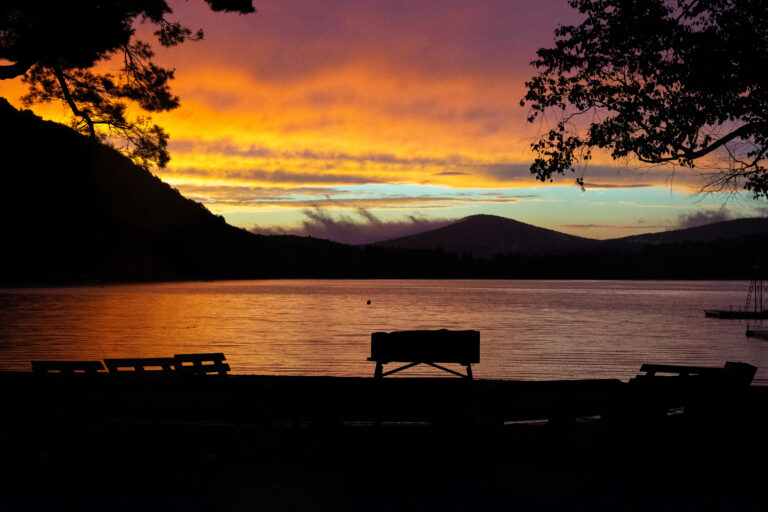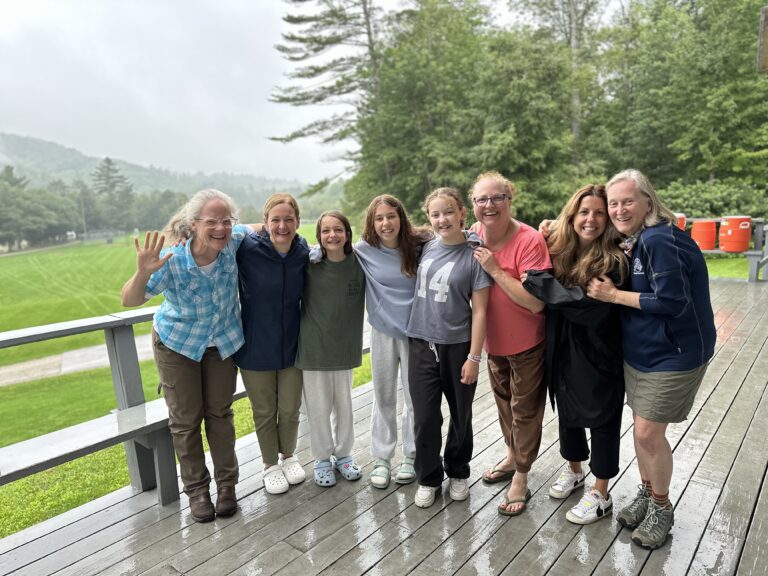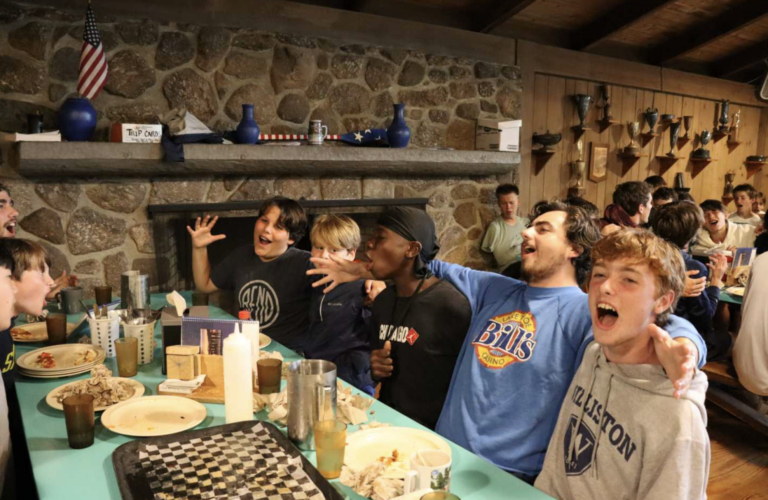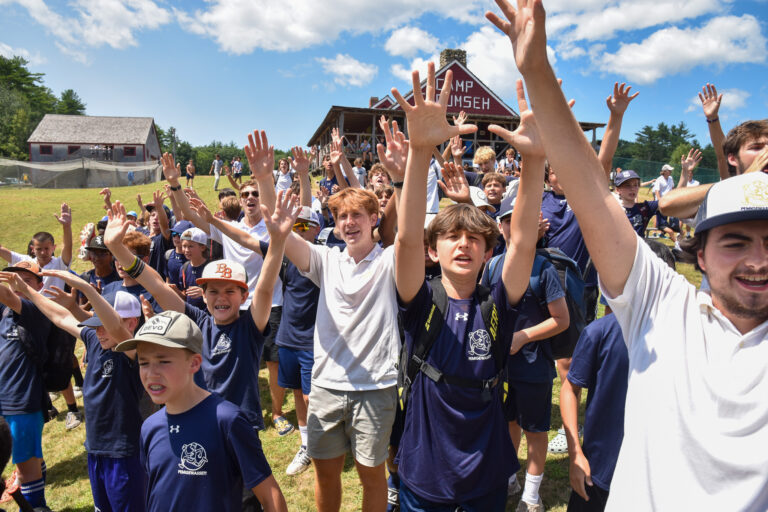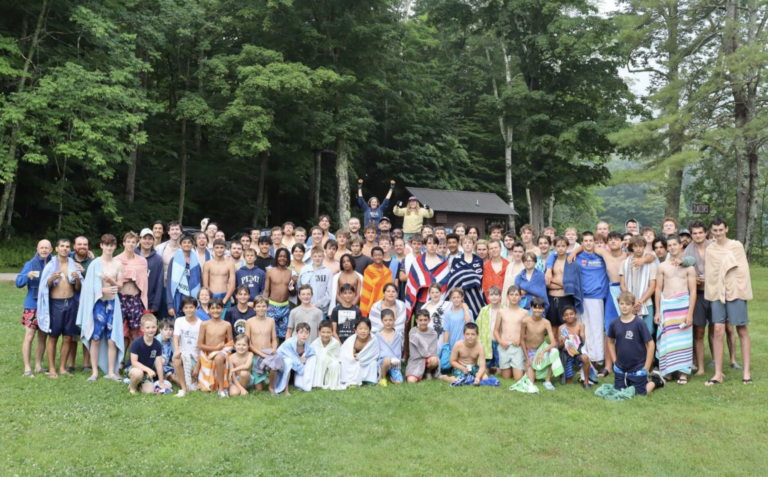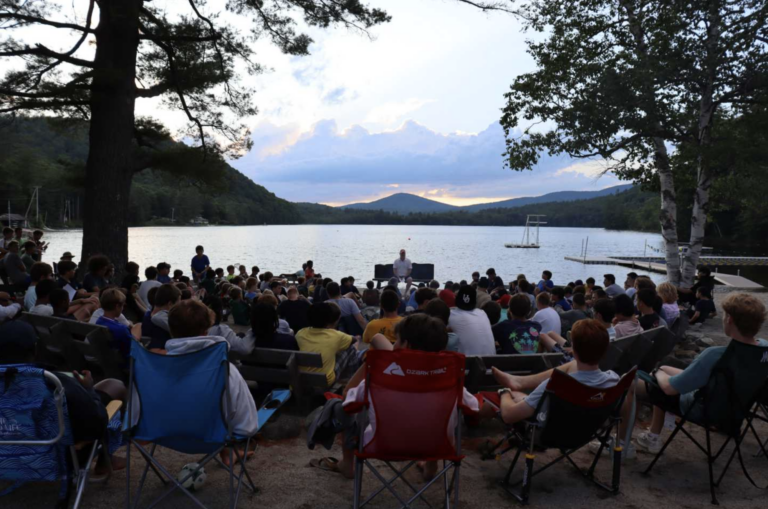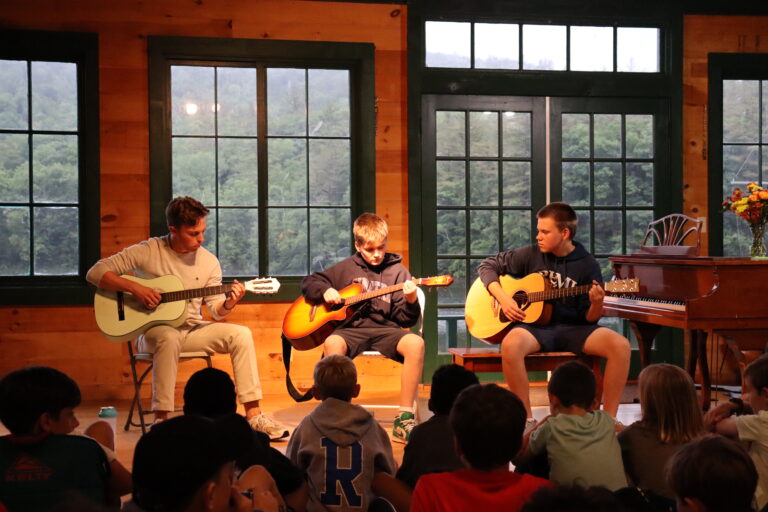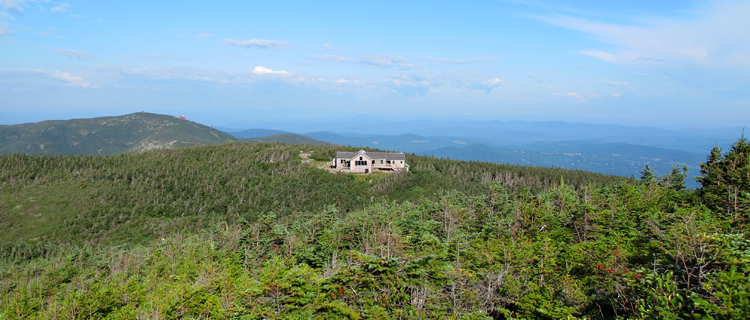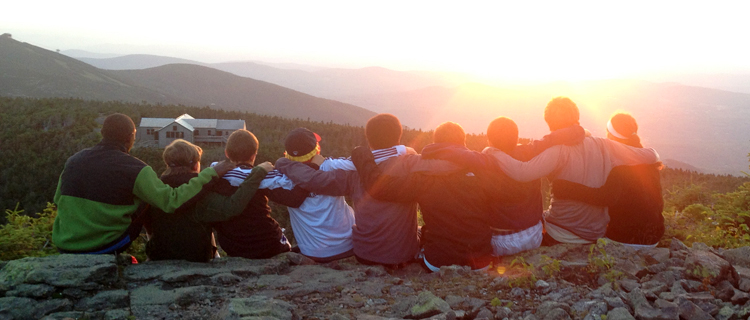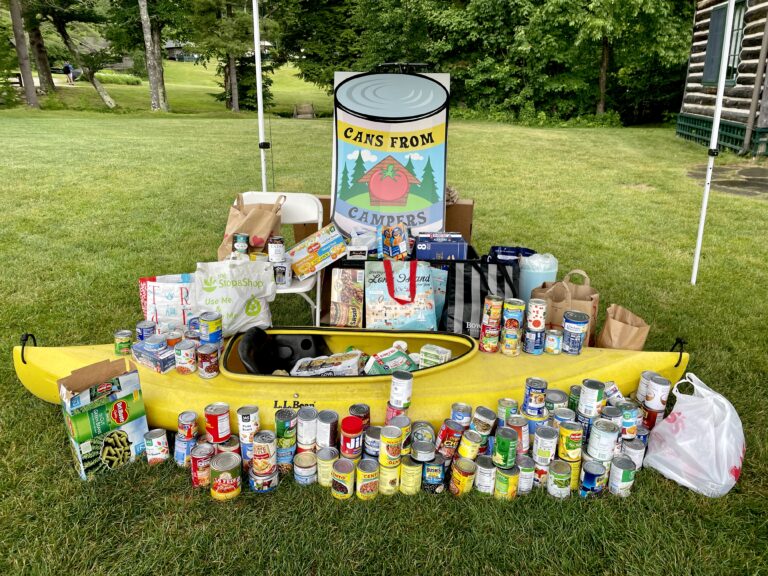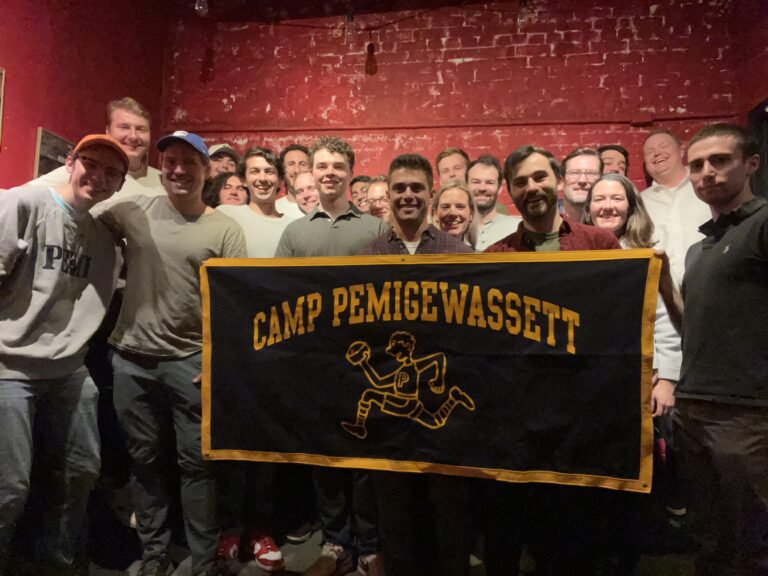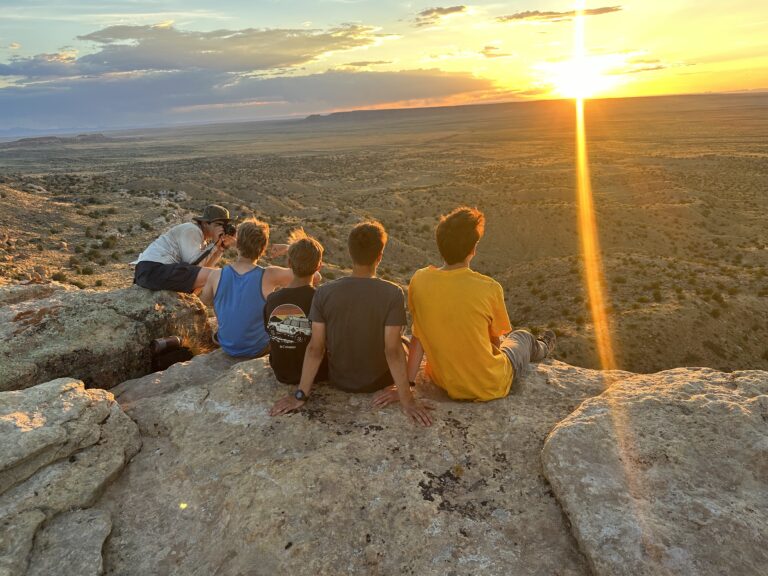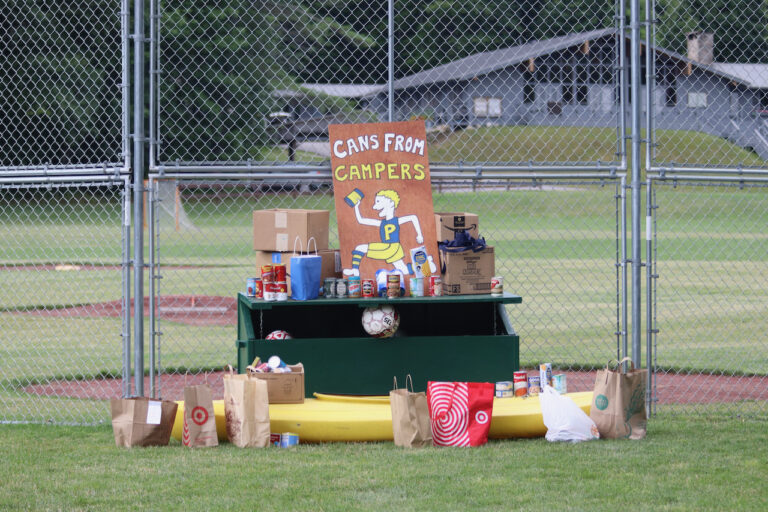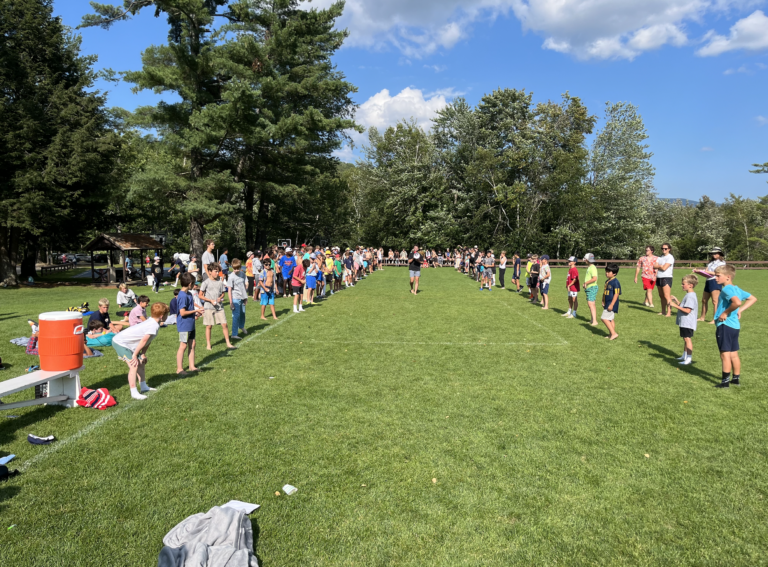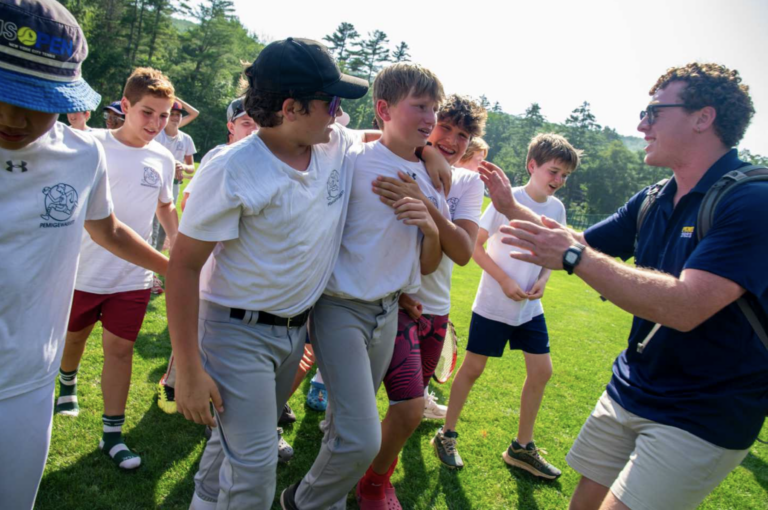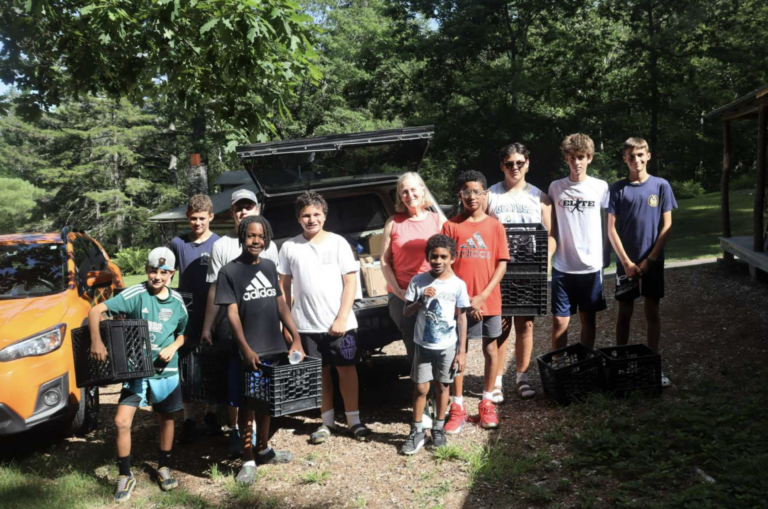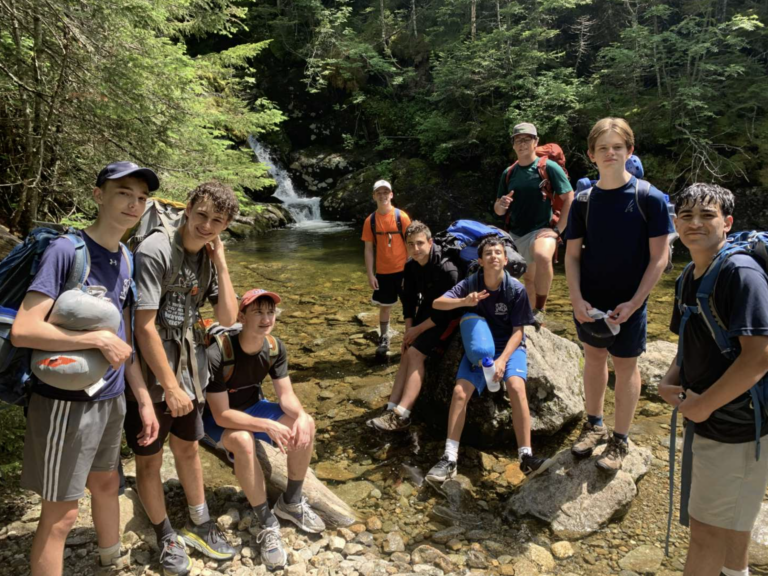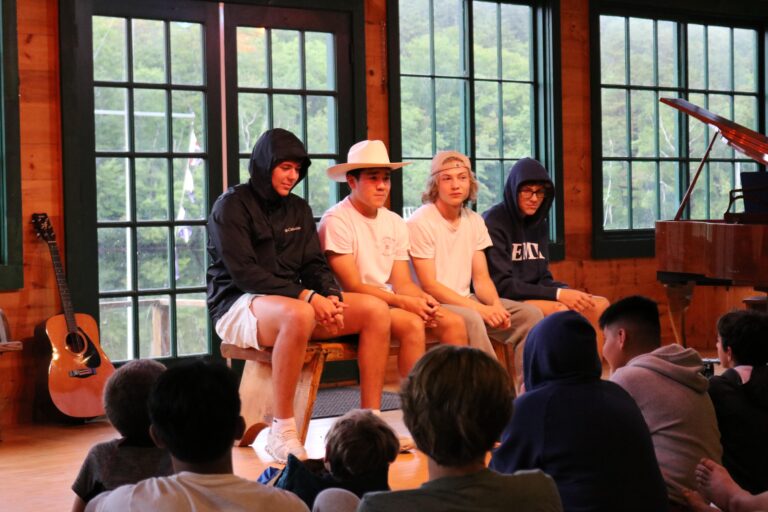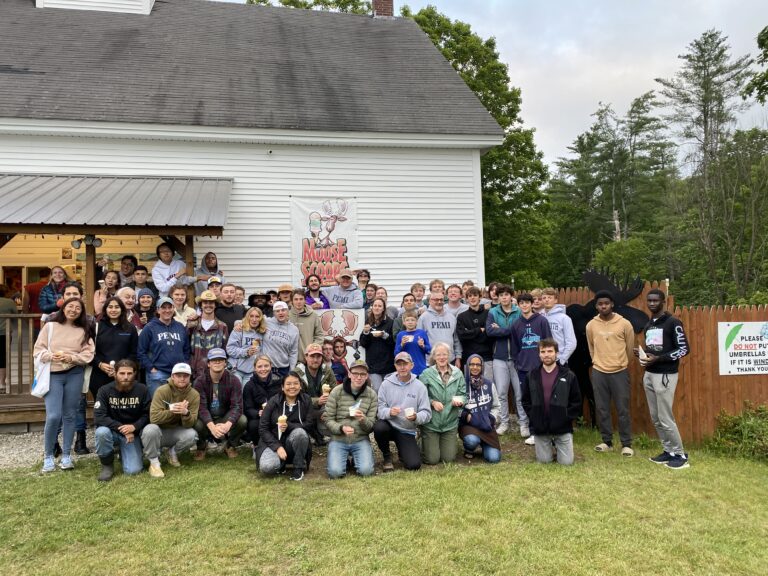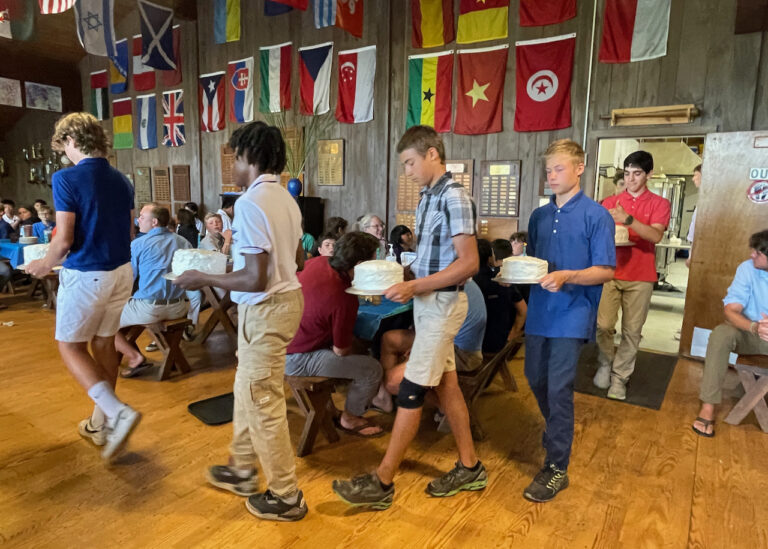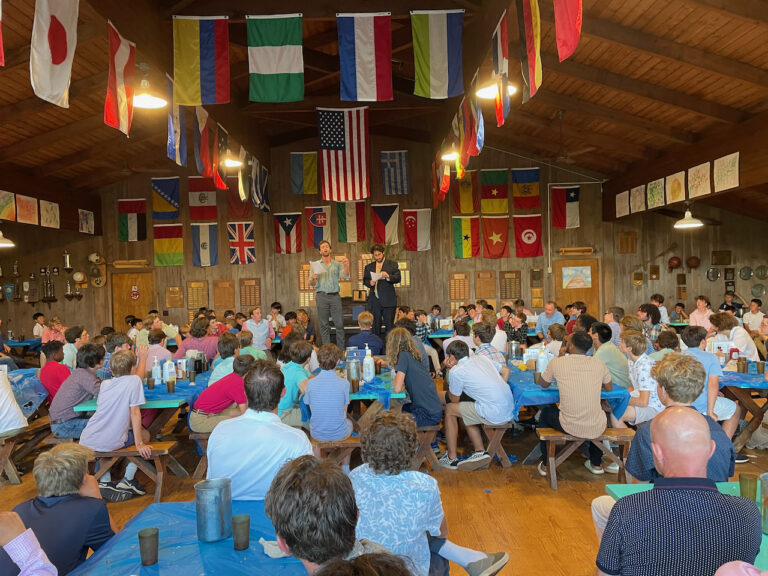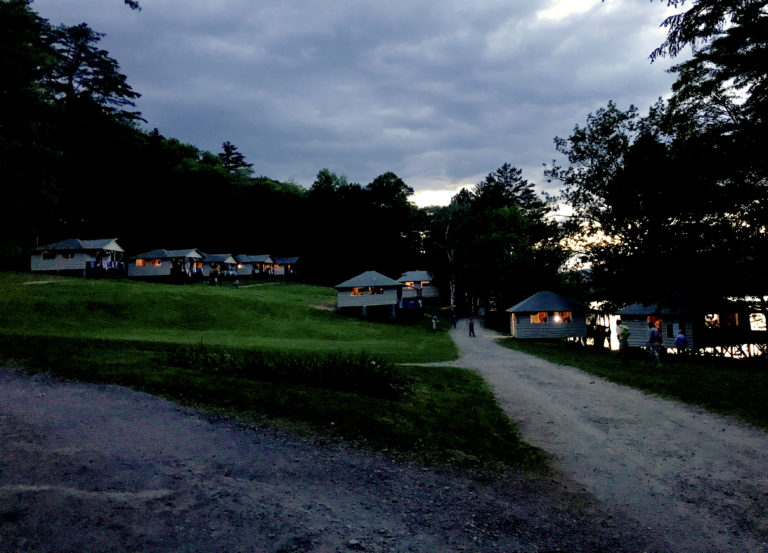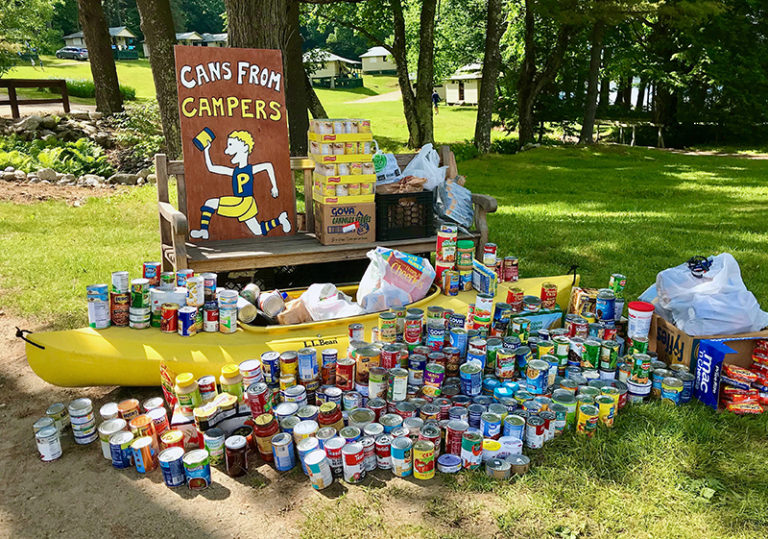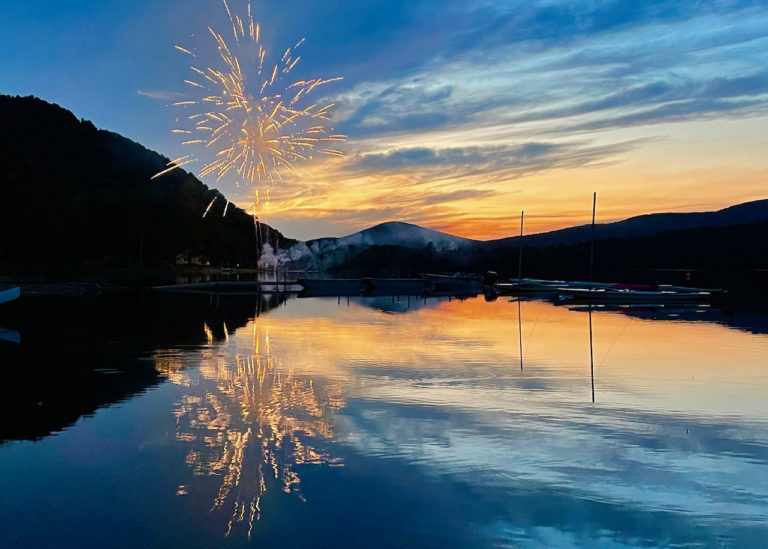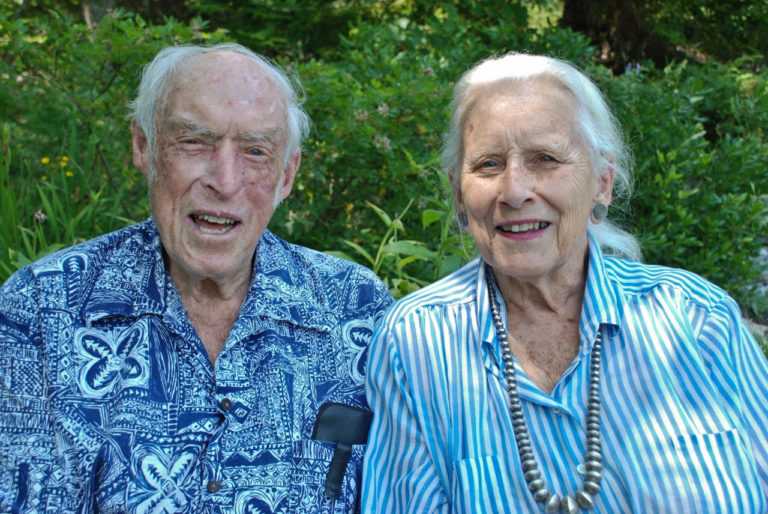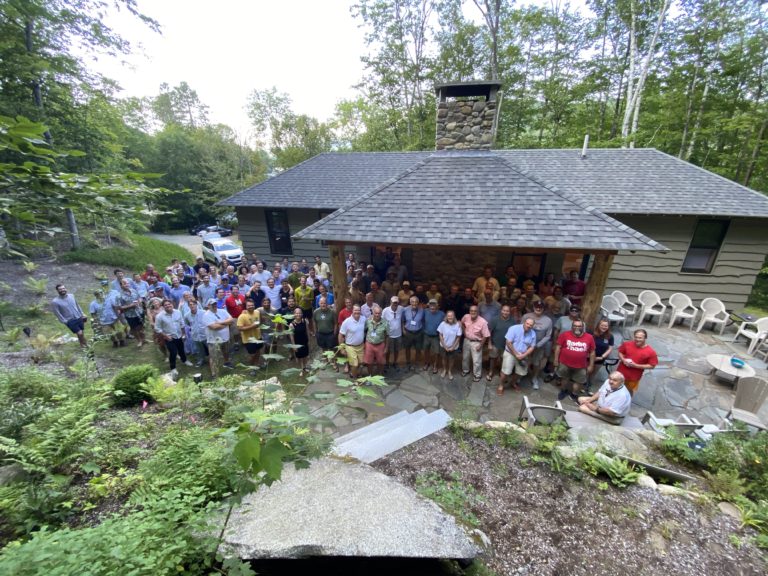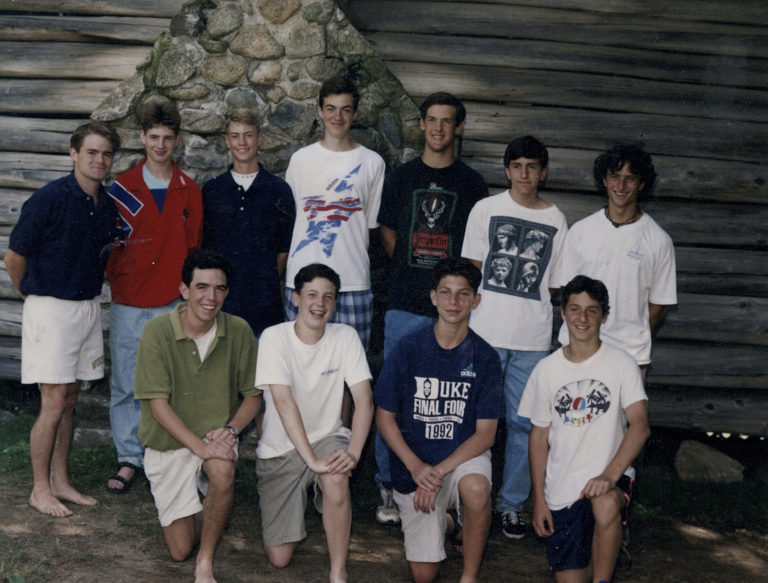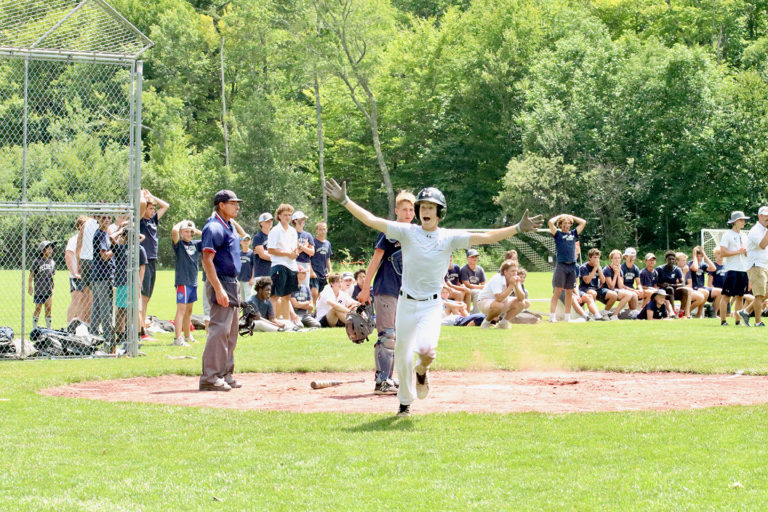- Daily Life at Pemi
- Trips
A brief history of “dope stops”
 Of all the traditions at Pemi, the one with the strangest name is called the “dope stop.” For those unfamiliar with this term, let me first assure the curious reader that there is absolutely nothing drug-related about this tradition: “dope” is old New England slang for soda. (Al Fauver hypothesizes that the word “dope” sounds similar to “Coke,” and may be where the term originated.)
Of all the traditions at Pemi, the one with the strangest name is called the “dope stop.” For those unfamiliar with this term, let me first assure the curious reader that there is absolutely nothing drug-related about this tradition: “dope” is old New England slang for soda. (Al Fauver hypothesizes that the word “dope” sounds similar to “Coke,” and may be where the term originated.)
I’ve written here before about Pemi’s wonderful trip program, in which hiking trips leave nearly daily from Pemi to explore the White Mountains. Campers return from these trips usually tired and exhilarated at the same time—but that sense of exhilaration can come both from having completed a great foray into the woods, and from the special treat that comes at the end: the dope stop, when boys have the chance to run into a store and buy candy and a soda. When you’ve gone all summer at Pemi with none of that sugary stuff, it’s a big deal indeed.
I called up Al Fauver recently to ask him about his earliest memories of dope stops. “I was a kid at camp in the twenties and it was well established by that time,” he said.
But while it’s a tradition that dates back to the beginnings of camp, the first version of the dope stop involved home-cooked food, as part of a trip to Mt. Cube.
“We used to walk all the way from camp, on up to the foot of the trail,” Al said. “On the way up that long hill was the Pease Farm, and we would stop there and order blueberry pie to eat on the way down. They’d have milk, and half a pie per person.”
“She would bake them as we were climbing the mountain and they would be all ready for us, all warm, and the milk, and the sweet blueberry pie, it was great,” he said. The blueberries were, of course, local. “They picked them right in the back fields.”
Today, the dope stop is slightly less bucolic. Here’s how it works: The van or bus stops at a gas station or shop somewhere between the mountains and camp. The campers, in their sweat-stained t-shirts and shorts, hiking boots most likely still on, emerge from the vehicle, bedazzled by the prospect of getting to go into a store and buy something. One counselor supervises the van, while the other runs the operation inside the store. In pairs or in threes the campers wander the aisles. Quick! What to get? So many choices! Milky Way or Skittles? Coke or Gatorade? These are life’s tough decisions.
And decide they must, as time is limited. (As is the money they can spend, which is limited to roughly $2 per camper.) Famously, a legendary trip counselor named Reilly McCue gave campers something like 30 seconds each to make their decisions; that has since been relaxed somewhat. How would you spend your $2? For each camper, that’s a decision they ruminate on throughout the hike, and then, in a bewildering moment among store racks and coolers, must choose. It’s a long way from the simplicity and elegance of blueberry pie at the Pease Farm.
Most campers, of course, opt for the classic combination of a candy bar and a soda. But there have been notable exceptions, when campers chose to be unorthodox. Jackson Reed once used a quarter to buy air—yes, air—from the compressor outside the store intended for topping off tires. It was a hot summer day, and he used the pressurized air to cool himself down. Bill Pruden once used his money to buy an apple—and a copy of The New York Times. And last summer a Junior camper, Kevin Lewis, bought a cucumber!
The campers have to finish their goodies before arrival back at camp, and soda size is limited. The campers usually hurry to finish their loot, as it can’t be taken back to the cabins. The trash is thrown away; the cans and bottles are recycled. Gone are the days when each camper got his own half of a freshly-baked blueberry pie, but with that tradition pretty far gone from camp’s institutional memory, today’s campers seem perfectly happy with the modern dope stop ritual.



